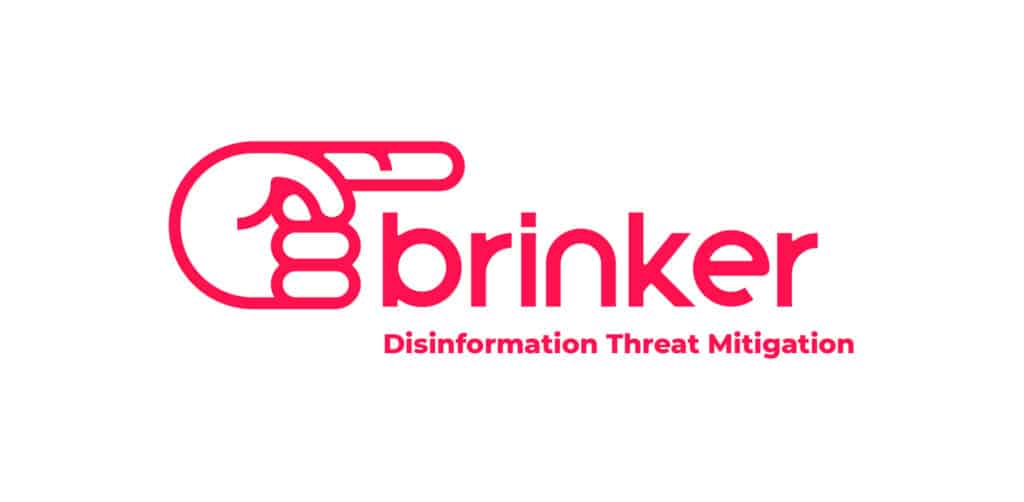More than six months after hacked Emergency Alert System (EAS) hardware allowed a phony warning about a zombie uprising to air in several U.S. states, a security consulting company is warning that serious issues persist in software from Monroe Electronics, whose equipment was compromised in the earlier attack. Software updates issued by Monroe to fix security problems with earlier versions of its software have introduced serious, new issues that could once again allow EAS devices to be compromised by a remote hacker, according to a post by Mike Davis, a researcher at the security firm IOActive on Thursday. Patches issued by Monroe Electronics, the Lyndonville, New York firm that is a leading supplier of EAS hardware, do not adequately address problems raised by Davis and others earlier this year, including the use of “bad and predictable” login credentials. Further inspection by Davis turned up other problems that were either missed […]
Tag: patching
IT Risk And The Zombie Apocalypse: Surviving The Onslaught
One of the most vexing problems that faces IT organizations these days is how to measure their relative risk of being hacked or otherwise attacked. This sounds like pretty dry stuff, but it’s not. Failing to adequately account for your risks and exposure can mean the difference between swatting away an annoying intrusion attempt, and watching as foreign competitors or nation-states siphon off your critical intellectual property, bleeding your company of its competitiveness. But raising the alarm about this is always a tricky matter. Soft pedal it, and nobody takes you seriously. Scream from the rafters and …well…you’re screaming from the rafters. My friend and former colleague Josh Corman, however, found a good metaphor for the whole affair: the ZOMBIE APOCALYPSE. It’s all a bit of fun – though Mr. Corman is dead serious about the zombie stuff. Still, the idea is simple: attacks on your network and those of […]
Google Will Use Cash To Clean Up Open Source
The widespread use of vulnerable or buggy third party code is serious problem facing public and private sector organizations, alike. Just this week, for example, The Wall Street Journal reported that an independent audit of Healthcare.gov, the star-crossed Federal Government website that is the primary health exchange in more than 30 states, is choking on poorly integrated or extraneous code that “served no purpose they could identify.” But what happens when the third-party code in question is open source code? Things get more complex. For one thing: open source is the salt and pepper of the software world: a common ingredient in applications of all sorts. And, as security researchers have noted: many of the so-called “smart devices” that are populating the physical world run variants of Linux, the open source operating system. But because those source code repositories are managed cooperatively and collectively by volunteers, security often takes a […]
Bombshell: Adobe Says Massive Hack Netted Source Code, Customer Info
In what sounds like a worst-case scenario, Adobe Corp. admitted on Thursday that a massive breach of its corporate network resulted in the theft of information on close to three million customers and source code for two widely-used products: Adobe Acrobat, Acrobat Publisher, Cold Fusion and “other” as-yet undisclosed products. The news came in a string of announcements late Thursday on Adobe’s corporate blog as well as the news site Krebsonsecurity.com. The revelation came after Brian Krebs, the reporter behind that site, and Alex Holden, the Chief Security Officer of Hold Security, discovered what is described as “a massive 40 GB source code trove stashed on a server used by the same cyber criminals believed to have hacked into major data aggregators earlier this year, including LexisNexis, Dun & Bradstreet and Kroll.” After being informed of the find, Adobe investigated and acknowledged the theft. In a blog post by Chief […]
Software Safety Should Be Treated Just Like Food Safety. Discuss.
It’s easy to agree with statements like “the food we buy in supermarkets should be safe to eat.” After all, who wants go to bat for shoddy growers pushing contaminated lettuce, or distributors sending out botulinum-laced fish and meats? But what about software safety? Suffice it to say that if people ate software applications instead of, say, cinnamon rolls, they’d be dropping like flies. That’s because the code that powers those applications is often riddled with potentially dangerous insecurities. Unlike the food industry, however, there have been only fitful efforts by government and industry to address what everyone recognizes is a widespread problem. I’ve written elsewhere about the relative lack of a “safety culture” in the software industry compared with industries like civil aviation or even food. (Remember: most of the food recalls and alerts that are issued today are voluntary.) But there’s also a decades-long track record of the government taking […]






